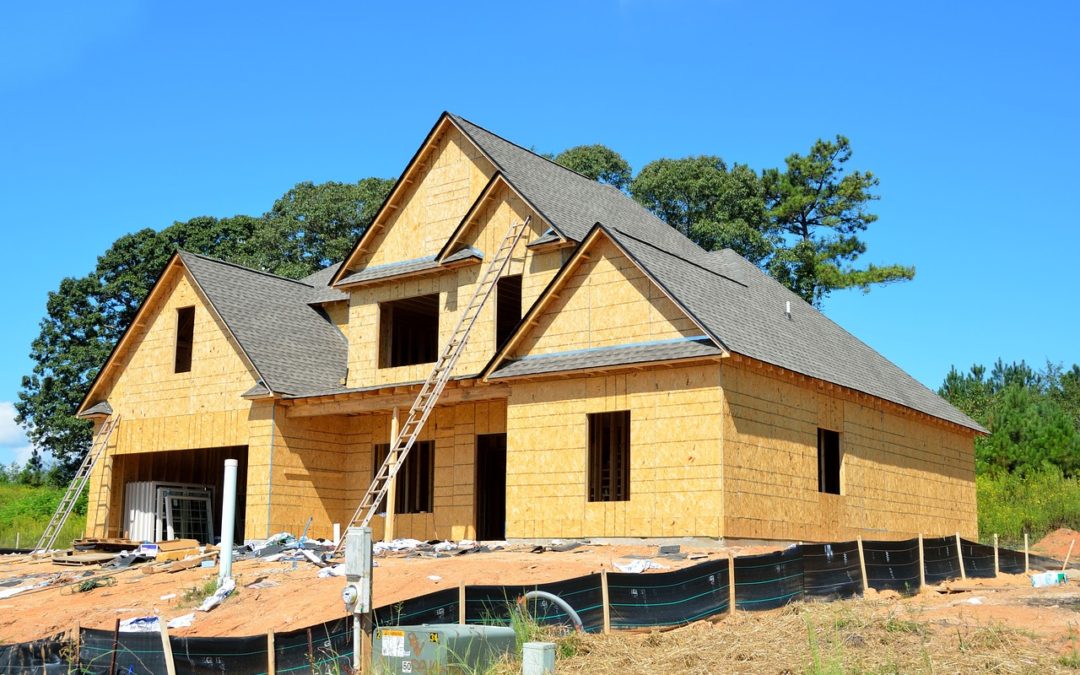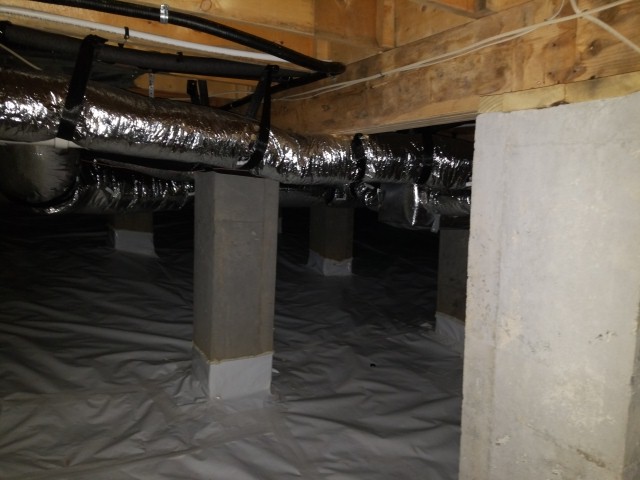
Apr 6, 2020
Buying a new construction home? Here are two things you might want to ask your builder.
- Does the builder use LP TechShield radiant barrier (or other radiant barrier roof sheathing) as the roof decking? A radiant barrier decking helps block radiant heat from entering the attic. This can help keep your attic temperature lower in the summer which prevents the radiant heat from pushing through the installed insulation into the top floor of your home. The attic will still be hot, just not as hot as it would be without a radiant barrier. This is an energy saving item that saves you a small amount but does it long term and no maintenance is required.
- Buying a 2-story home with any type of room over a garage area? The NC building code only requires R-19 insulation in the floor. While this typically works well for floors over crawlspaces, it does not work so well with floors over garages. The volume of a garage can hold a lot of hot or cold air which often causes rooms above the garage to be warmer in the summer and cooler in the winter than other rooms on the same floor. If your home is still in the construction phase, you can ask the builder if it is possible to upgrade the insulation in the floor over the garage from R-19 to R-30. This changes the thickness of the batt insulation from approximately 6 ¼” to approximately 10”. This will often help with the temperature in the rooms over the garage. The added cost will possibly run from $250-500 additional for the upgraded insulation depending on the size of the garage. The labor cost to install should stay the same.
Make sure to also read about closed crawlspace systems.
More questions about a new construction home? Give me a call at 919-847-3126. I’ll be happy to answer any questions you have. Kent

Apr 6, 2020
Closed Crawlspace Systems
When I first received my home inspectors license in 1999, one of my first continuing education classes that spring was given by a gentleman from Advanced Energy, a non-profit energy consulting firm in Raleigh. https://www.advancedenergy.org/ Advanced energy had recently finished evaluating several homes in North Carolina. They placed monitoring equipment in several home with standard vented crawlspaces and several home where they had closed off the crawlspace. The homes that had their crawlspaces converted to a closed system performed better than the open crawlspace home. The grumbling through the crowd was amazing. Comments like “this will never work” and “who thought this was a good idea” were heard from many in the crowd. Fast forward a few years and I find a couple of builders using a closed crawlspace system. Fast forward 15 years and I find many builders starting to build with a closed crawlspace system. If I built homes for a living, I would only build with a closed crawlspace system.
The NC building code has several requirements for a closed crawlspace system. There are several ways allowed to ventilate/condition the air in the crawlspace. The most common found on new construction is the use of a vent installed on the heating and air system. Typically, some type of 4” vent with a flap that closes is installed. This allows cool dry air or warm dry air to blow into the crawlspace turning the crawlspace into somewhat of a mini basement. An alternative way which is often used in retro fitting an open crawlspace to a closed crawlspace system is the use of a dehumidifier, usually a commercial model. The condensate from the dehumidifier is often pumped or drained to the exterior. My preference is a system using the heating and air system. A dehumidifier is a mechanical device that will quit working at some point in time and usually no one will know because rarely, if ever, does a homeowner go into their crawlspace. If the AC or heat quits working, someone will be called to fix it. I am aware that some home inspectors have also found issues with dehumidifiers pulling to much moisture causing wood framing to shrink causing support issues.
Closed crawlspaces cannot have furnaces installed in them unless they are high efficiency and the combustion and exhaust air come from and go to the exterior. A high efficiently furnace that pulls in the air surrounding it cannot be installed. The combustion air must come from the exterior. I have found several retrofitted crawlspaces where this was not taken into account.
Closed crawlspaces have become popular in the last few years and for good reason. They help reduce moisture in the crawlspace which help prevent mold growth and other moisture related issues. Currently you can’t swing a dead cat without hitting some company that will close your existing crawlspace. If you are considering a retro fit, get at least 3 detailed estimates, preferably from a company with several years’ experience and even better if the company or owner is a licensed general contractor in NC
Have a question. Call me at 919-847-3126. Kent


